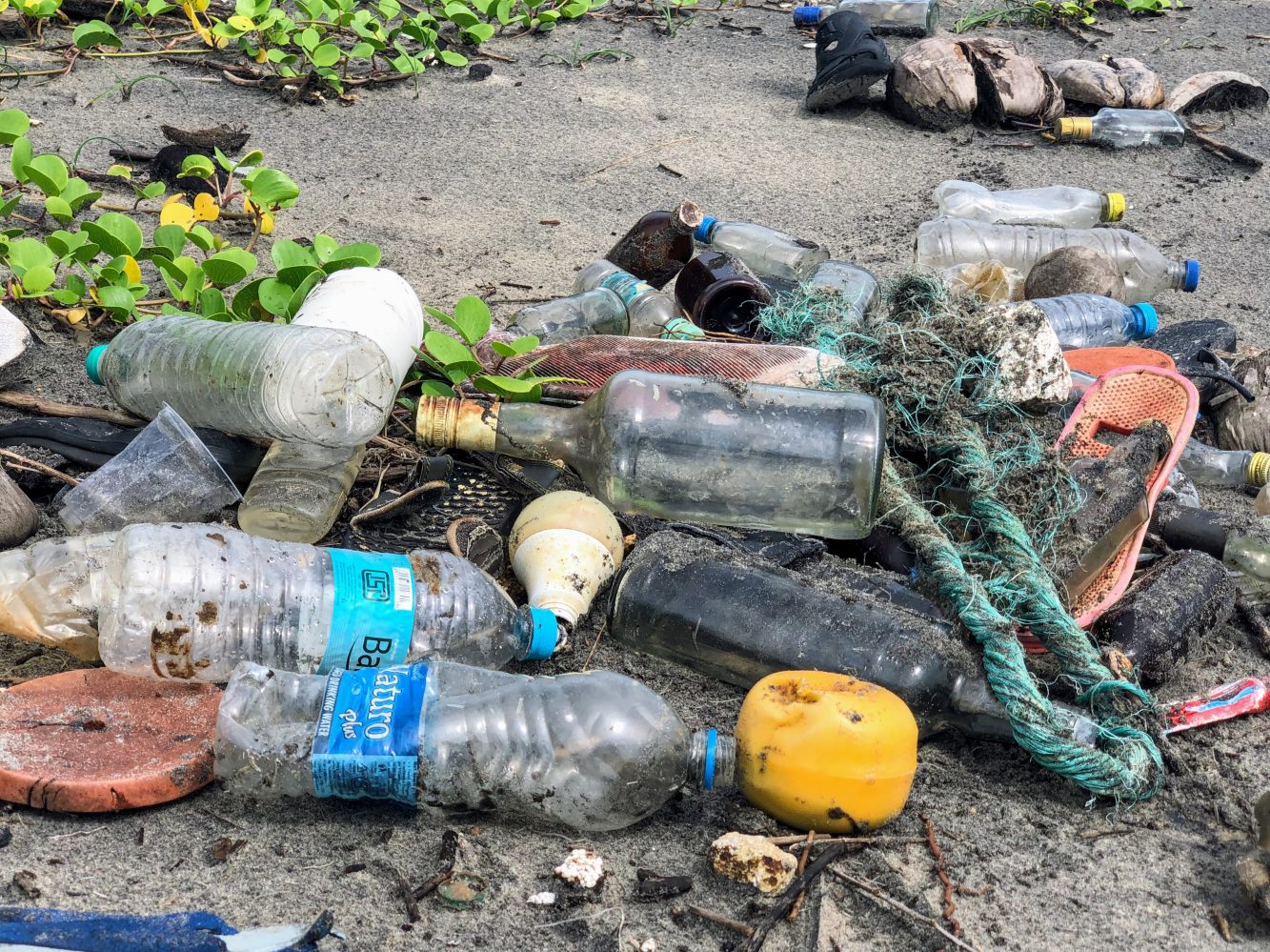
Drone and technology company DJI has formed a partnership with conservation group AnimaMundi Ocean Data Solutions and catamaran manufacturer Lagoon to use drones aboard those boats in a project compiling the first comprehensive database of plastic waste along the world’s coastlines.
DJI will be supplying drones to Geneva-based nonprofit AnimaMundi as a tool for its data-driven approach to fully document and map the world’s plastics pollution scourge. Collection of the facts and figures in the enormous oceanic plastic trash problem will be used to define effective methods of battling the blight, and provide compelling evidence capable of generating the huge finances needed to reverse the rising tide of trash.
For its part, Lagoon is enlisting skippers sailing its craft in global catamaran races – as well as leisure owners belonging to its “Club Lagoon” community – to host the data-hunting drone flights from their vessels wherever they might travel.
“We have over 6,000 of our catamarans sailing around the world and we can feel that our customers are more and more willing to play a role in such initiatives,” explains Lagoon brand manager Thomas Gailly. “It’s stimulating to think that the Lagoon owners’ community could be involved in capturing this much needed data in a highly efficient way. This partnership is the perfect complement to our own policy of respect for the environment and all the work undertaken to reduce the environmental impact of our activities.”
AnimaMundi’s objective is at once simple and gigantic: using DJI drones in auditing the volume, and mapping to location of plastic waste in the world’s oceans.
At least 8 million of over 300 million tons of plastic produced every year wind up in the oceans, accounting for fully 80% of their debris. On average, 33,000 single-use plastic bottles are dumped into global seas each minute of the day, compounding the millions more already polluting marine life and environments. Yet despite precise information on the scope of that waste and how it gets into oceans, there is no global data documenting the exact size, location breakdown, and evolution of the problem.
AnimaMundi, with the help of DJI drones and Lagoon catamaran hosts, wants to change that by using the full power of onboard next-generation artificial intelligence, computer vision, and object recognition technologies flown around coastlines. To do that, AnimaMundi has developed a software that automatically records, counts, and registers the presence and number of plastic bottles on and around shores examined in real time. That will be captured using images from the skies, which will then be autonomously uploaded, processed, and stored on AnimaMundi servers.
As the project progresses and data continues flowing in from participating catamaran racers and leisure skippers, AnimaMundi will assemble a complete, data-defined picture of where plastic pollution is, and how it can best be removed from global waters. With that kind of precise information combined with effective proposals for attacking the problem, AnimaMundi founder and CEO Matt Cooper believes it may be easier to convince state and private financiers to provide the kind of big bucks required to overcome what today is a huge yet still mostly hazy challenge.
“Just before COP26 began, world leaders admitted that an annual $100 billion climate finance goal will not be reached until 2023,” Cooper says of the minimal amount needed to battle climate change and other pollution-driven environmental problems. “The need for urgent climate action is met with the need to ensure adequate and effective financing solutions. Big data like this will help to determine priorities for action.”
The AnimaMundi campaign kicked off on November 21 when DJI drones took off with catamarans leaving Las Palmas in the Atlantic Rally for Cruisers race.
Photo: John Cameron
FTC: We use income earning auto affiliate links. More.



Comments